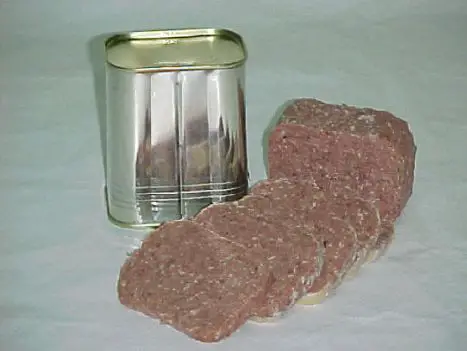
Ever heard about the term “corned beef” and wondered what it actually is? Well, when I was a kid, I used to think that corned beef actually contained beef and corns in it. I thought (and no doubt many others did too) that corned beef was meant to be a dish served at restaurants. How wrong I was!
It’s not me alone. Many individuals tend to confuse the term for a cooked dish that contains corn and beef in it. But that’s not what the term signifies. “Corned Beef” is actually a term that is coined to denote the procedure used to store and preserve meat.
Accordingly, corned beef is used to denote beef that is placed inside a pot or vessel and then covered with so called corn salts (large kernels of rock-salt). It has been noted that covering the meat with adequate salt prevents it from rotting, and preserves the same for several days on end.
References to the word “Corned” in the Oxford English Dictionary date back to 888 A.D. The word corned is actually derived from the German word “Kurnam” which means “small seed” in English. The word “Kernel” is also derived from “Kurnilo” which translates to the “root of the seed.” And the resemblance of a rock salt kernel to an oat or wheat kernel (in size) earned the former its name “corn of salt.”
Although the term was coined much later, the practice of covering meat with salt was prevalent even in ancient times. And even though early mentions of corned beef arose in Ireland in 1600 and in England way back in 1661, it was the Irish who supposedly started exporting corned beef and remained the biggest exporters of the same till 1825. Most of the corned beef exported from the country came from an area called Cork. And most of the corned beef was exported around the world in cans which made the meat last longer.